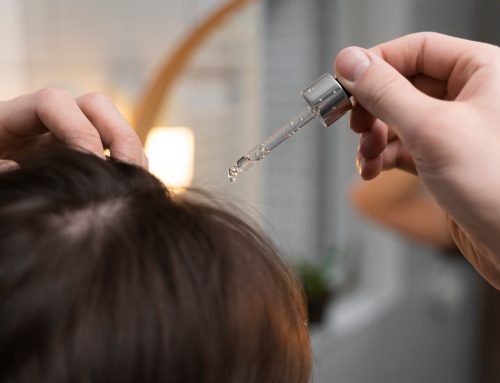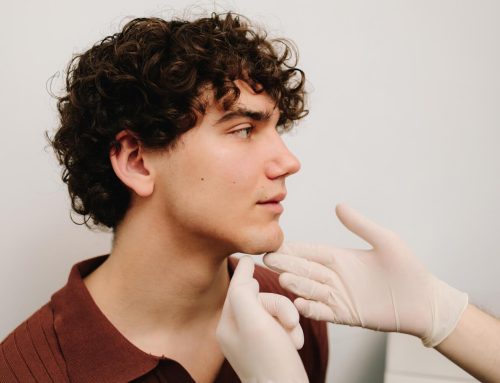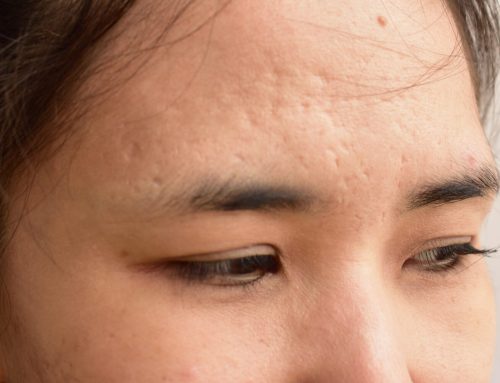Until approximately 100 years ago, the problem of syphilis was very important. Antibiotics and treatments were not available for this sexually transmitted disease, and although not all patients who came into contact with someone with syphilis acquired the disease, once it developed, it could spread throughout the body and affect the central nervous system and kill a person. The specialty of dermatology was in fact called Dermatology and Syphiliography. Even today, the journal of the Spanish Academy of Dermatology is called “Actas Dermatológica y Sifiliografías” due to the importance of this infectious condition.
In 1928, penicillin was discovered by chance in St Mary’s Hospital in London, quite close to where Paddington station is today. Dr. Fleming discovered that certain bacteria could not grow well because their cultures had become contaminated with the penicillin fungus. It was not until the 1940s that penicillin could be used in the form of an antibiotic and its introduction reached Europe in the 1950s, saving many lives.
Syphilis is caused by a spirochete or elongated spiral-shaped bacteria, which is very sensitive to penicillin. Even today, the bacteria that causes syphilis dies when exposed to penicillin and this has become the first-line treatment. Since syphilis is no longer fatal, and transmission has been considerably reduced, it seems that we have forgotten that this sexually transmitted disease exists, and we do not pay more importance to it.
Syphilis usually begins 10 to 20 days after sexual contact. Only 1/3 of patients who come into contact with someone who has syphilis usually develop the disease later and at the site of inoculation they develop a small, painless ulcer that often goes unnoticed. When this small wound occurs in visible places such as the penis, the patient comes to the consultation of a Dermatologist and is usually treated early. This is what is known as early syphilis. However, if this small painless wound or entry point is in the anus because patients have had passive sexual relations, or appears in the mouth and goes unnoticed, the patient does not feel any need to go to the doctor, nor does he realize that he has been infected with syphilis.
In a second stage, this bacteria spreads throughout the body and begins to show symptoms in other areas of the skin. One of the most common symptoms is the appearance of small pink spots, somewhat scaly on the trunk, which some doctors misdiagnose with a small viral exanthema or a small eczema. But when these pink spots affect the palms of the hands, which is very unusual in viral exanthems or eczema, the doctor should realize that this is most likely secondary syphilis.
Other manifestations of secondary syphilis are the involvement of joints, some lesions in the mouth or some areas of hair loss, in very small circles, in the image of a moth-eaten fur coat. In this type of alopecia, hair loss is seen in very numerous and small circular or oval areas. All of this is part of what is known as secondary syphilis and allows us to treat the patient early.
If syphilis is not detected or treated in this early phase and the bacteria continues to multiply, affecting other more important structures and organs, it produces syphilitic granulomas or neurosyphilis.
The treatment is quite simple at the beginning and it is worth remembering that benzathine penicillin must be injected intramuscularly. A single injection is enough in both primary and secondary early syphilis, while in tertiary syphilis or late syphilis that has been developing for more than a year, up to three injections are necessary.
The diagnosis is basically clinical, although blood tests must be done to help us detect the phase of syphilis. It must be taken into account that blood tests do not become positive until after a few weeks and it is possible that having recently acquired syphilis, we will not have a positive analysis.
Unprotected sex can lead to syphilis infection, and that, although this disease seems to have disappeared, it is still very present among us. Take care of yourself when having sex, protect yourself, and if you see any pink spots, some scaliness, some alopecia plaques on the scalp or skin lesions of unknown origin, consult a dermatologist.



